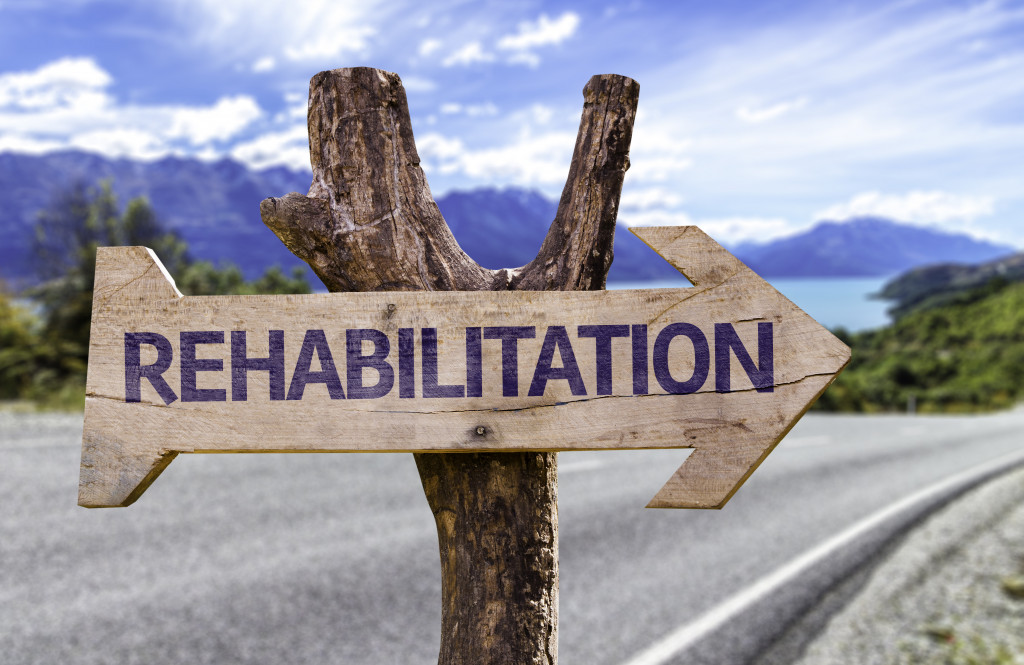Disclaimer: This website provides health information for educational purposes only and is not a substitute for professional medical advice, diagnosis, or treatment. Always seek the guidance of a qualified healthcare provider with any questions you may have.
Technology has played an increasingly important role in fighting the war on drugs in recent years. From apps that help addicts stay clean to treatments that use cutting-edge techniques, technology is helping addicts overcome their addictions and lead healthier, happier lives. Here are just a few ways technology makes a difference in the fight against drug addiction.
Treatment Apps
One of technology’s most helpful ways to combat drug addiction is through developing treatment apps. These apps provide addicts with valuable resources that can help them stay clean, such as step-by-step guides to overcoming addiction, support groups, and access to emergency services.
One of the most popular treatment apps is Sober Grid, which boasts a community of over 500,000 members who are all committed to staying sober. In addition to providing support and resources, treatment apps also allow addicts to track their progress and share their success stories with others in recovery.
Virtual Reality Therapy
Virtual reality therapy is a cutting-edge treatment for drug addiction that uses immersive virtual reality simulations to help addicts overcome their cravings. In a virtual reality simulation, an addict can be exposed to triggers—such as people, places, or objects—that cause them to crave drugs without actually using drugs.
This allows addicts to confront their triggers head-on and learn how to deal with them without succumbing to their urges. Virtual reality therapy is especially effective in treating addictions to methamphetamine and alcohol.
Telehealth Services
Telehealth services are another way that technology is helping to fight drug addiction. Telehealth services allow addicts to receive treatment from the comfort of their own homes via video conferencing. This means that addicts don’t have to take time off work or make other arrangements to receive treatment.
Telehealth services also make it easier for addicts to access care in rural areas where addiction treatment facilities are few and far between. Addicts living in rural areas often travel long distances to receive treatment, which can be prohibitively expensive and time-consuming. Telehealth services provide them with a convenient and affordable alternative.
The Advancement In Medication
Technology has also played a role in advancing medication-assisted treatment (MAT) for drug addiction. MAT combines behavioral therapy with medications to treat addiction and has been shown to be incredibly effective in helping addicts recover from addiction.

One of the most popular medications used in MAT is buprenorphine, which helps to reduce cravings and withdrawal symptoms. Buprenorphine is a partial opioid agonist, which means that it activates the same receptors in the brain as opioids but to a lesser degree. This makes it an ideal medication for treating addiction because it helps to reduce cravings without producing the same high as other opioids.
Better Availability of Inpatient Treatment
While technology has made it easier for addicts to access treatment, inpatient treatment is still the gold standard of care for addiction. Inpatient treatment provides addicts with around-the-clock care in a safe and structured environment. This allows addicts to focus on their recovery without worrying about work, school, or other responsibilities.
Inpatient treatment centers have also used technology to provide better patient care. For example, some inpatient treatment centers now use apps to help patients track their progress and connect with their support network. Some centers also use virtual reality to help patients confront their triggers and cravings.
More Developed System of Aftercare
Aftercare is an important part of addiction treatment, but it can be difficult for addicts to access after they leave treatment. Technology has made it easier for addicts to stay connected to their support network and access resources that can help them stay sober.
For example, some treatment centers now offer alumni programs that allow graduates to stay in touch with their peers and receive ongoing support. There are also many online resources, such as 12-step programs and recovery forums, that addicts can access to stay connected to the recovery community.
The Bottom Line
Technology has made it easier than ever before for addicts to get the help they need to overcome their addiction. With treatment apps, virtual reality therapy, and telehealth services, technology is helping to make a difference in the fight against drug addiction. Treatment centers are also using technology to provide better patient care. And with more developed aftercare systems, addicts can stay connected to the resources they need to stay sober. So if you or someone you know is struggling with addiction, don’t hesitate to seek help. Many resources are available to you if you just know where to look. Keep up the good fight!

